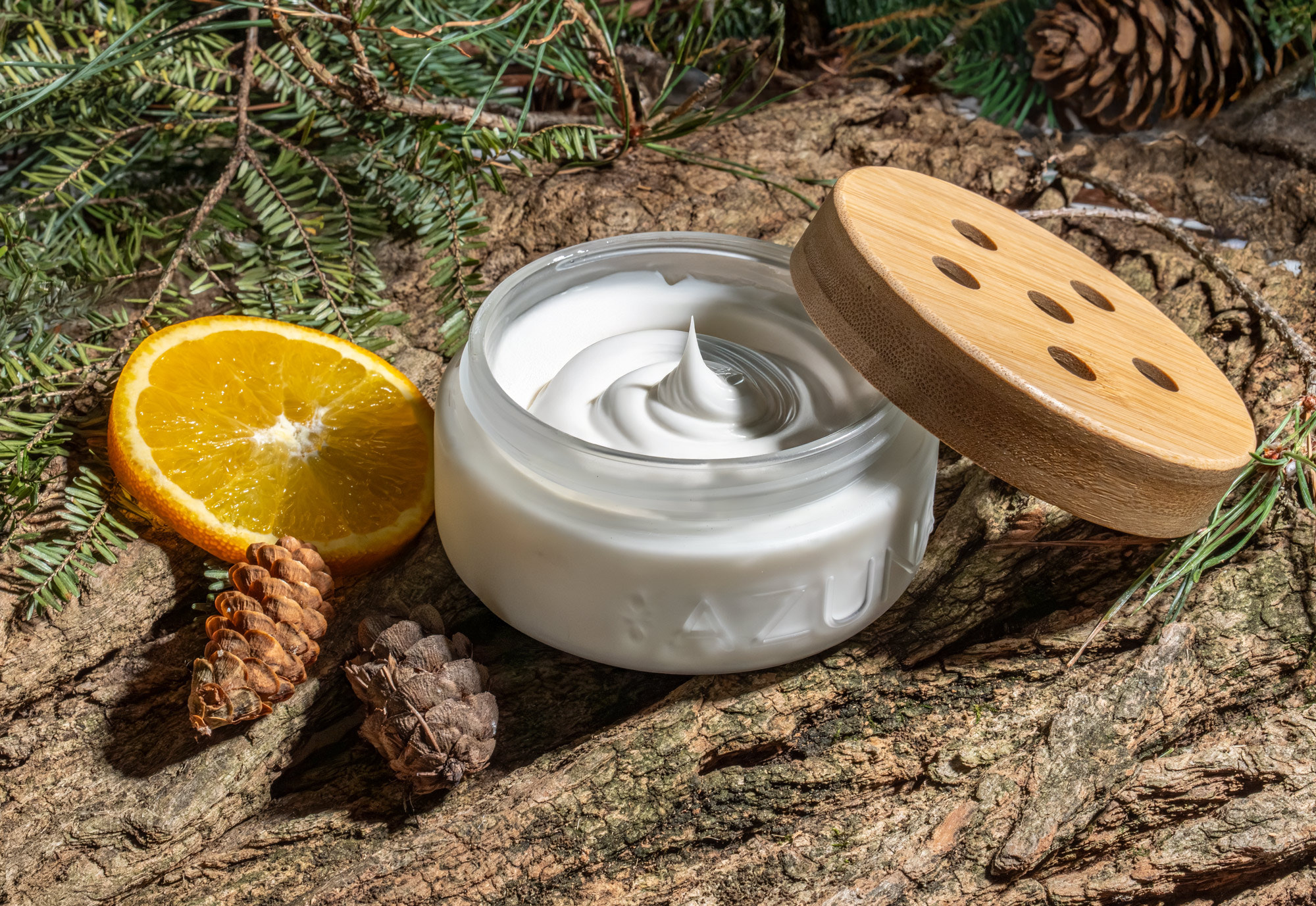They give us so much—and we do mean, so much. When your pet's smells start to settle deep into your upholstery or carpet fibers, they can seem all but impossible to remove.
We're digging into why those odors stick around, how to effectively deep clean your carpets for odor removal, and the best methods for spot-treating problem areas.
And, because fresh shouldn't mean fake, we're also pinpointing a few ways to keep your carpets smelling, feeling, and staying naturally clean.
Understand How Pet Odors Sink Into Carpets
Why Carpets Trap Pet Odors
Carpets with dense fibers and thick padding underneath can trap odor-causing moisture, dander, and bacteria deep within. These materials are both absorbent and porous, allowing odor molecules to linger for weeks or even months. That’s why everyday shedding or pet accidents can quickly turn into stubborn carpet odors.
Common Sources: Urine, Dander, Saliva, and Sweat
And pet odors have more than a handful of causes.
Urine, of course, is one of the most common; it easily seeps deep into carpet fibers and can even reach the padding, creating a long-lasting issue. Even worse, some pets return to the same spots when these smells aren't fully removed.
Dander, which pets naturally shed, can also pose a problem. Buildup can happen quickly and contribute to unpleasant odors—the same is true for saliva and sweat.
When left untreated, these problem areas only grow. And they become more difficult to remove, as they're prone to breaking down and bonding with your carpet fibers or padding over time.
Act Fast: The Importance of Immediate Cleanup
How Timing Affects Odor Growth
The longer a stain sits, the deeper it can penetrate. Quick action can prevent long-term damage and pervasive smells.
Blot, Don’t Rub: First Response Tips
When you're dealing with a fresh accident, always blot—never rub. Rubbing actually pushes the material deeper into the carpet fibers, while blotting lifts the moisture to reduce any chance of lasting smells.
How to Remove Odors from Pet Accidents
Cleaning Fresh Urine Stains
Like we said above, it's important to blot the spot immediately. Then, treat with a cleaner that's safe for use around pets. We reach for our tea tree oil-based cleaning sprays, which eliminate odors from urine, bacteria, and more at the source. Because it relies on a natural active ingredient, it's ideal for porous surfaces. Just mist, blot, and allow to air dry before letting pets return.
Getting Rid of Old or Set-In Odors
For tougher odors, take a two-step approach: start by using a cleaning spray to neutralize smells at the source, then follow up with a long-lasting odor control product to tackle any lingering airborne odors. Try our Azuna Pet Odor Eliminator Starter Kit for continuous coverage; it combines natural tea tree oil with pure Texas cedarwood oil and our proprietary bioactive odor-absorbing molecule—proven 90% effective against pet waste odors.
What to Do If the Padding or Subfloor Is Affected
In severe cases, ammonia or bacteria may have reached your carpet padding or subfloor. In that case, professional cleaning and removal is necessary to prevent any long-term damage.
Preventing Future Pet Odors
Regular Carpet Maintenance and Vacuuming
Regular vacuuming and maintenance is essential to remove hair, dander, and dirt before it can permeate your carpet fibers. Good Housekeeping has identified the year's top vacuums for easily removing pet hair.
Use of Area Rugs and Washable Mats
Place washable rugs in high-traffic areas to catch hair and dander before it reaches your carpet. It's a simple step that makes deep cleaning easier and reduces overall odor buildup.
Pet Grooming and Hygiene Tips
Regular baths and grooming sessions are key: they help minimize shedding and dander, as well as any pet-related odors that are otherwise likely to be tracked throughout your home.
When It’s Time to Replace the Carpet
There's only so much that cleaning can do. If your carpet or upholstery still smells after a few cleanings, or if your padding or subfloor have been completely permeated, it's probably in your best interest to replace. Persistent odors or dampness indicate that the materials are too saturated to recover.
Choosing Pet-Friendly Carpet Materials
When replacing carpet, consider options designed to resist odors and stains. Many modern carpets come with built-in odor resistance, making them ideal for pet owners. Synthetic fibers (like nylon) and low-pile styles are more durable and less prone to snags.







